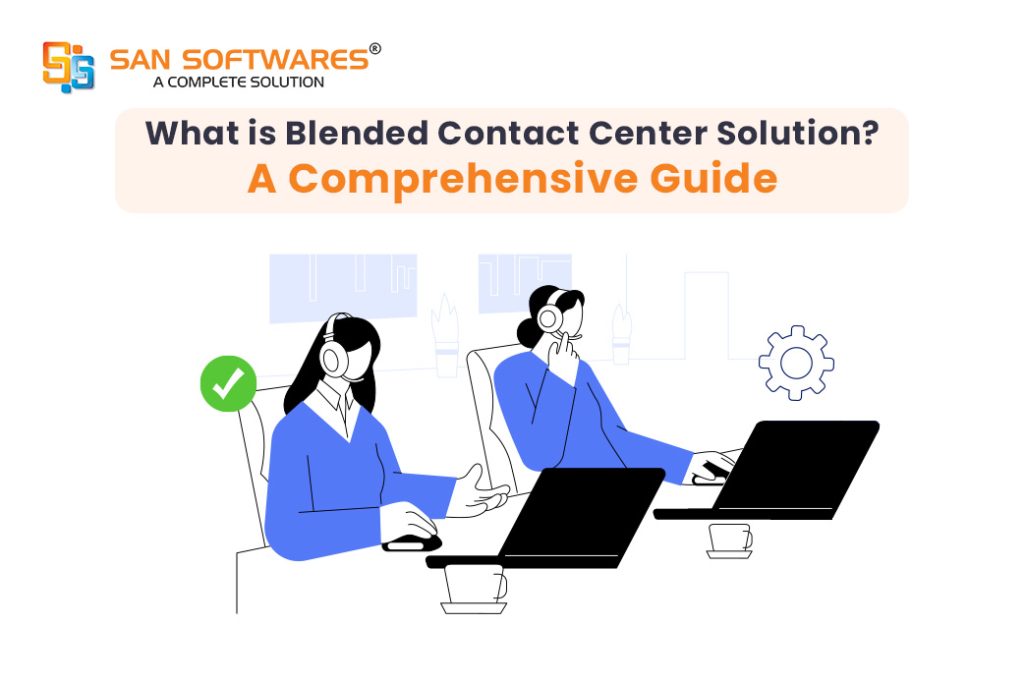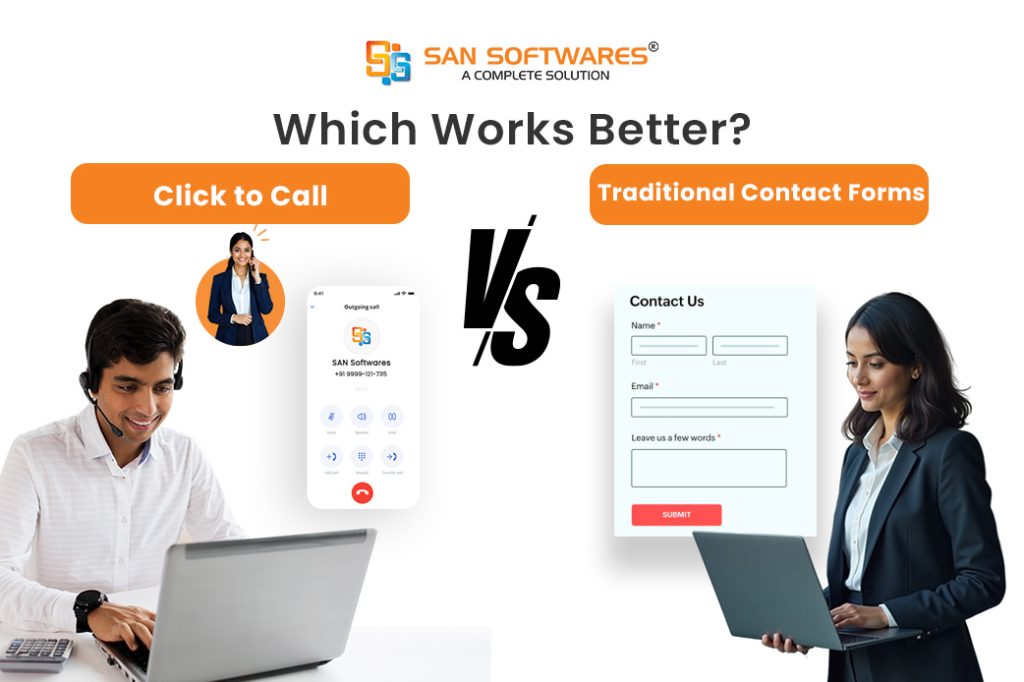
Maya Angelou, with her timeless wisdom, once said, “I’ve learned that people will forget what you said, people will forget what you did, but people will never forget how you made them feel.” This profound thought aligns with not only personal interaction but also in the world of business. For small and medium enterprises (SMEs), customer satisfaction is not just about taking a box, but it is a genuine goal to create lasting impressions that keeps customers loyal to the brand. Today we will discuss the significance of customs satisfaction, various strategies along with focusing on the role of top-notch call operating systems in achieving this milestone.
In the hyper competitive marketplace for any institution or business, retaining customers is as significant as acquiring new ones. Even though offering competitive products, services and pricing is important, at the end of the day, the effectiveness of grievances redressal, the truly said businesses apart. Let’s see how businesses can enhance customer tension simply by applying the following strategies that we are about to discuss.
The quality of customer service is essential at every stage of interaction with customers. Various studies show that poor service quality is a leading cause of customers disappointment, highlighting the importance of continuous improvement in this area. Some of the key elements that’s necessary are as follows:
The all-time classical approach is selecting and training client oriented staff. This is the cornerstone of exceptional service providers. Employees should be trained with necessary skills and they should also inculcate innate qualities to prioritise customer satisfaction
A permanent system for reviewing customers, enquiries and complaints is important. Timely and satisfactory grievance redressal, not only solves immediate issues, but also builds trust and loyalty amongst the customers.
A business owner should make sure that there is seamless interaction between all departments and structures within the institution. This is a very important tip that helps in the long run when it comes to building systems. A well coordinated mechanism makes sure that customer satisfaction is met in terms of quick response.
Regular communication is key to building strong relationships with clients and fostering loyalty. Here are some effective strategies:
As we speak of effective client orientation, it goes beyond the basic needs. As the market is getting really competitive, it involves anticipating the issues. Customers might face beforehand, and then surprise them by exceeding expectations. However, as pleasing as it sounds, this approach is getting financially straining for a lot of businesses, and that is exactly the problem that lies in SMEs these days. Hence, opting for a smart approach is important. Here’s how essay can execute a client oriented approach while also making it cost effective and affordable for their business.
Rather than solely hiring agents and training them in the conventional way, one must consider using advanced technologies like IVR Calling System. These softwares such as SanIVR Bot, integrate cutting-edge technology to transform the culture of call support operations. With the help of such automatic call handling and offering personalised customer services, SMEs can enhance the overall customer experience without the need of extensive manpower.
Clubbing the client based on demographics and preferences. It is important for tailoring the products and services accordingly. While an agent doesn’t manually which can be time consuming and expensive. AI power solutions like SanIVR Bot software can analyse customer data in real time, this also allows businesses to adapt quickly to the changing needs of customers in the dynamic marketplace.
Consistently reviewing and filtering, the data offers essential information for the evolving customer expectations. The cloud based software offers actionable insights into the customer behaviour and performance, enabling data driven decision making for consistent improvement. Additionally, these IVR System help in streamlining the operations by handling routine tasks and freeing up resources for strategic initiatives.
By integrating AI-based technologies like SanIVR Bot into their operations, financial institutions can achieve cost-effective automation while delivering exceptional customer service and driving long-term loyalty and retention. With features such as automated call handling, personalised customer interactions, and actionable insights, SanIVR Bot empowers businesses to enhance their communication strategies and stay ahead in today’s competitive landscape.
Clients expect quick and professional responses to their queries and concerns. Ensure a robust feedback system is in place and prioritise timely resolution of issues:
In the dynamic landscape of financial services, customer retention hinges on the quality of service and effective communication. By prioritising service excellence, embracing a client-oriented approach, fostering regular communication, and ensuring prompt issue resolution, financial institutions can strengthen client relationships and drive long-term loyalty and retention.
Implementing these strategies will not only enhance customer satisfaction but also position institutions for sustained growth and success in the competitive marketplace.





SAN Softwares is a company dedicated to providing complete software solutions to Corporate and end-user customers.

SAN Softwares is a company dedicated to providing complete software solutions to Corporate and end-user customers.
